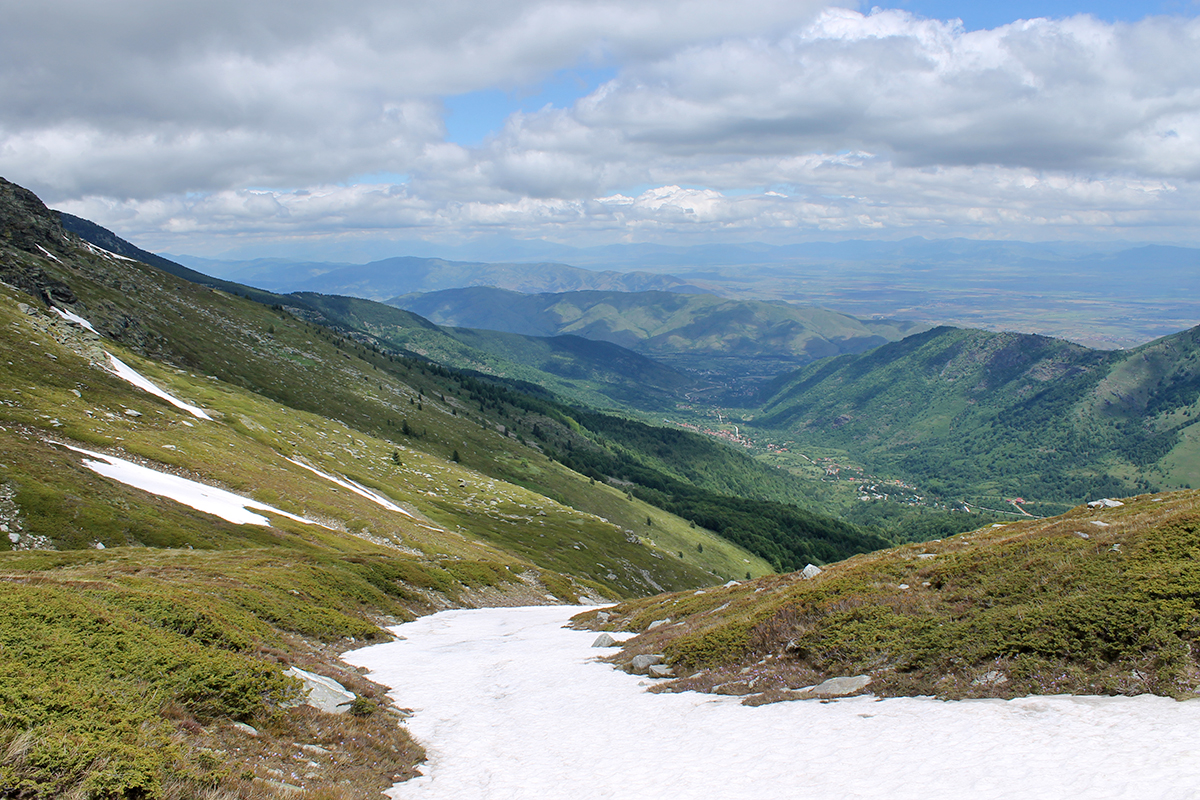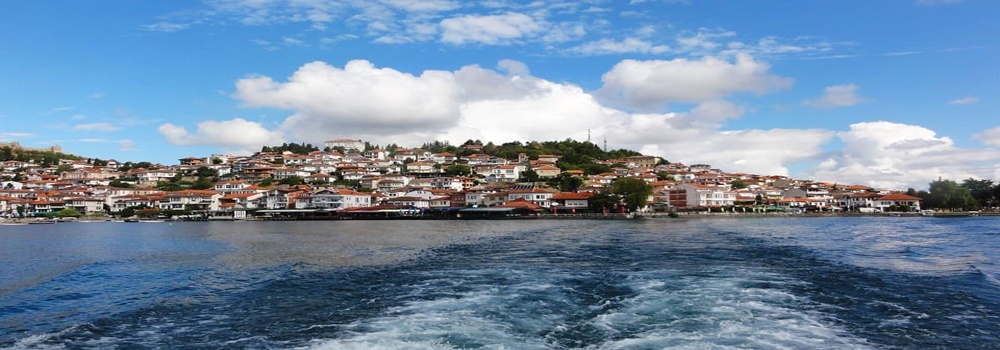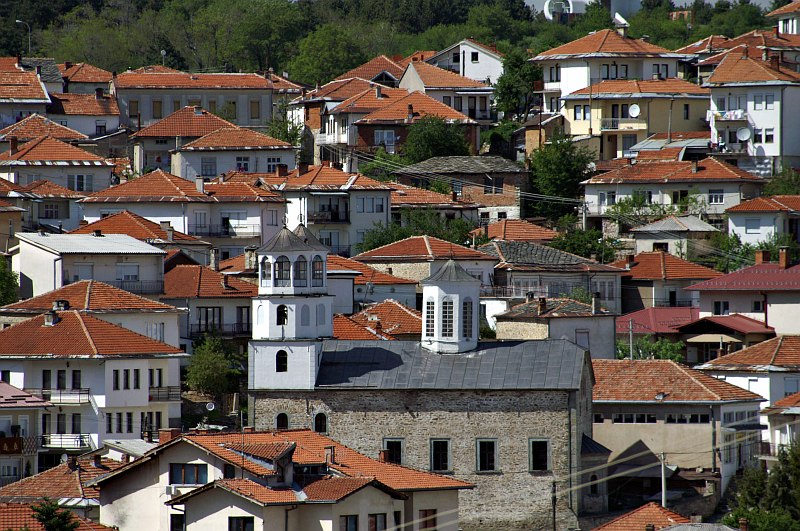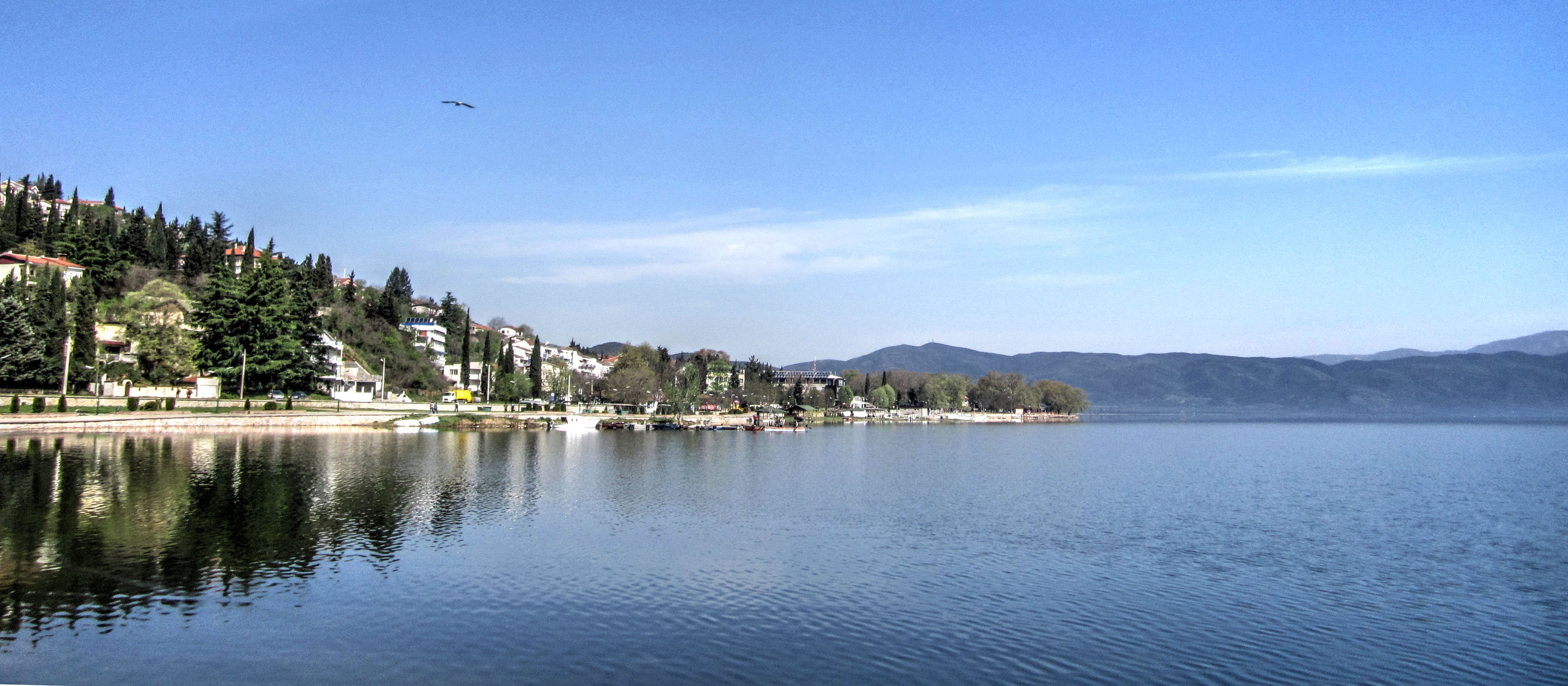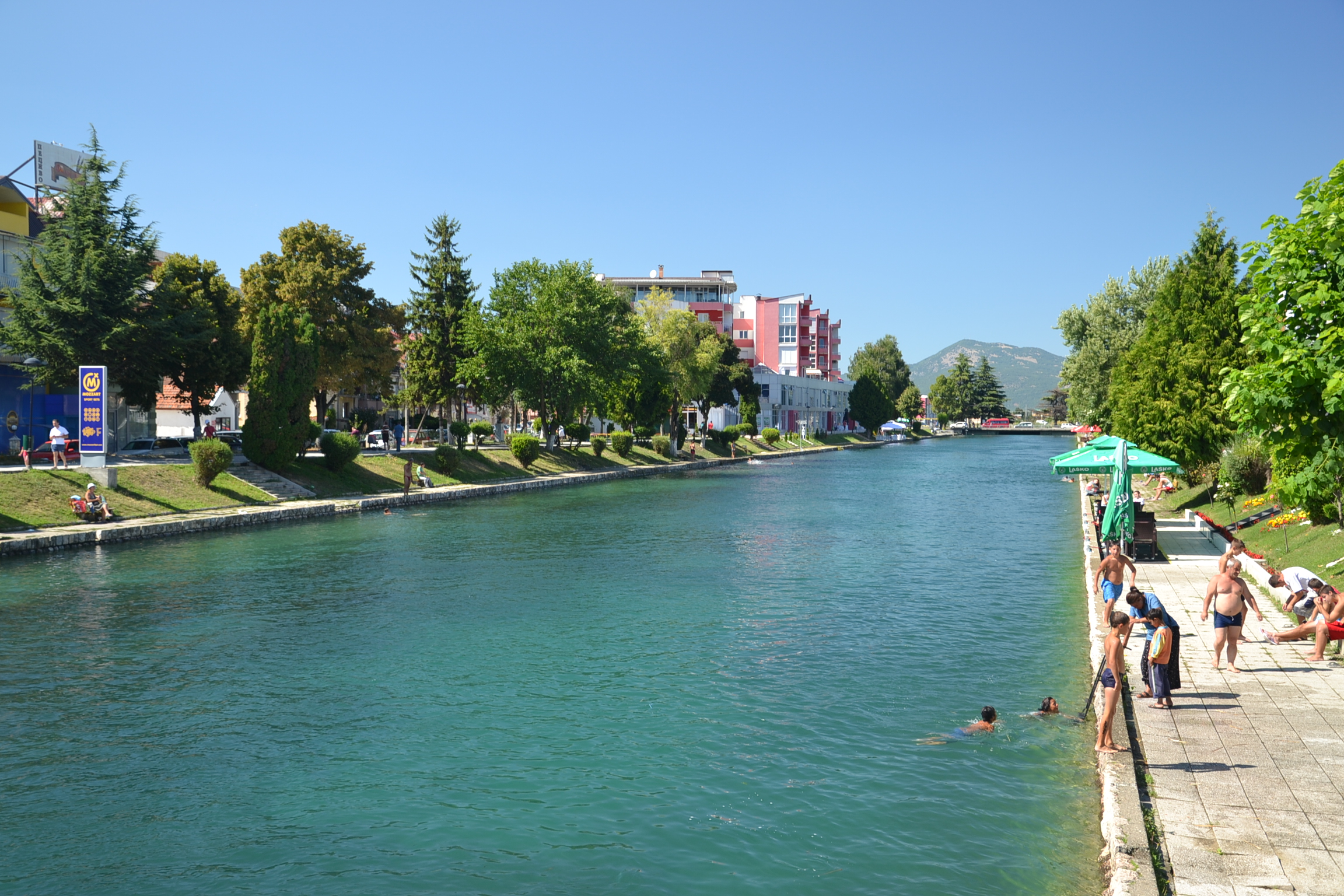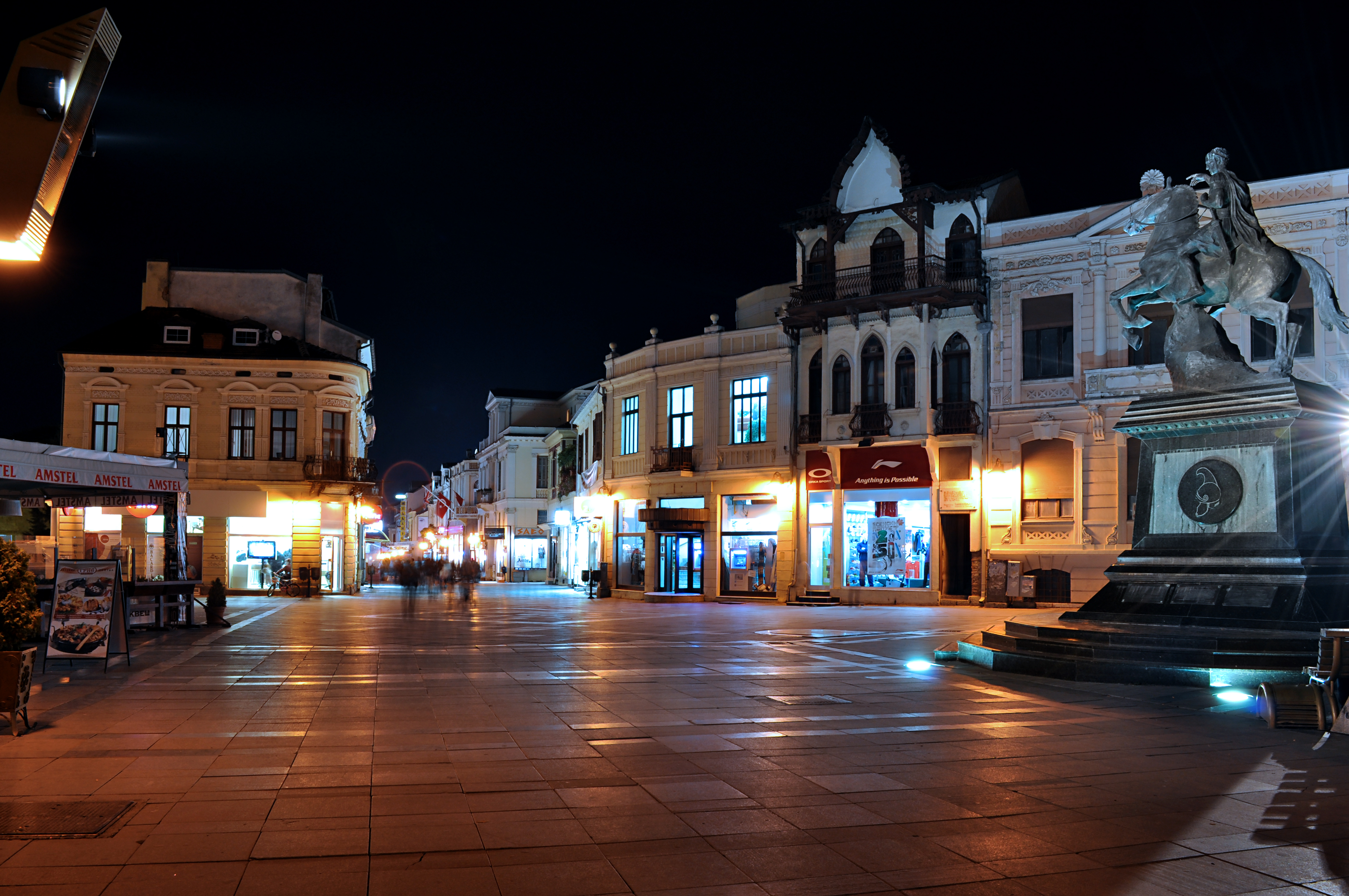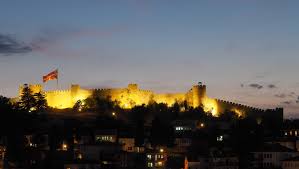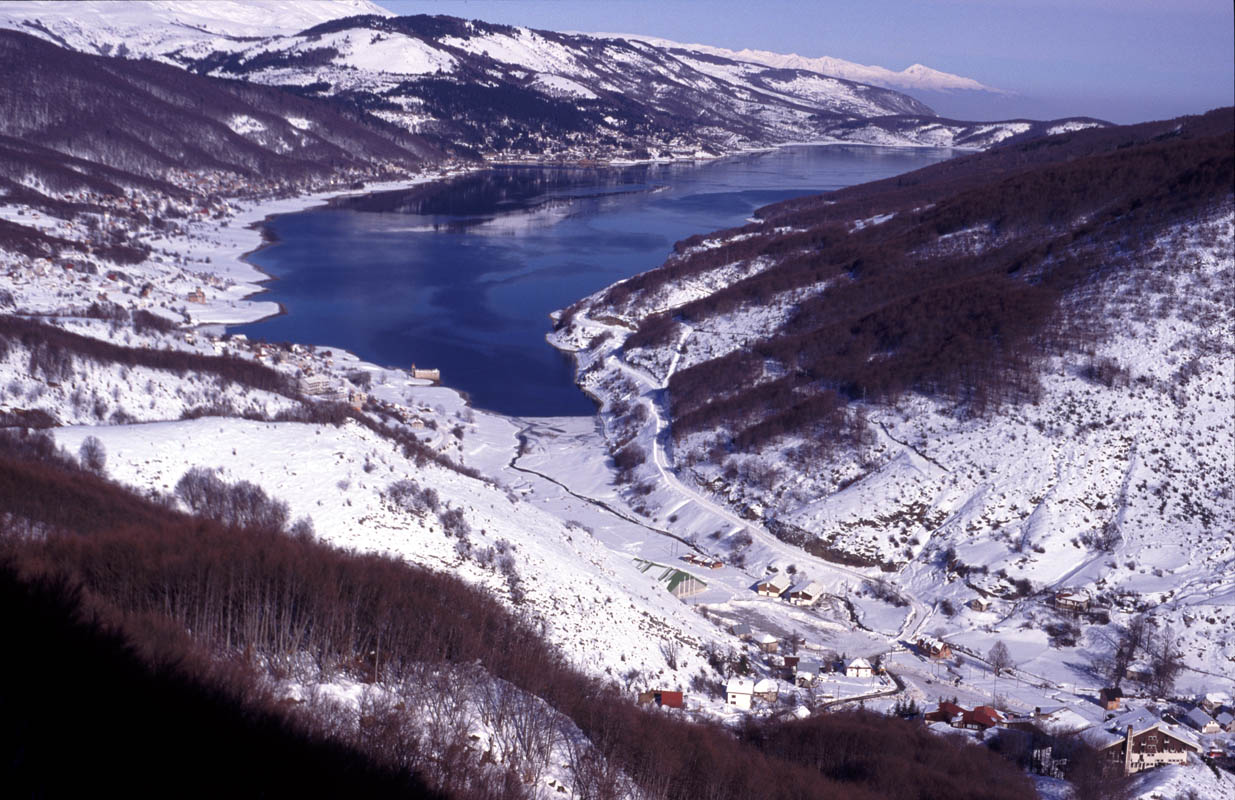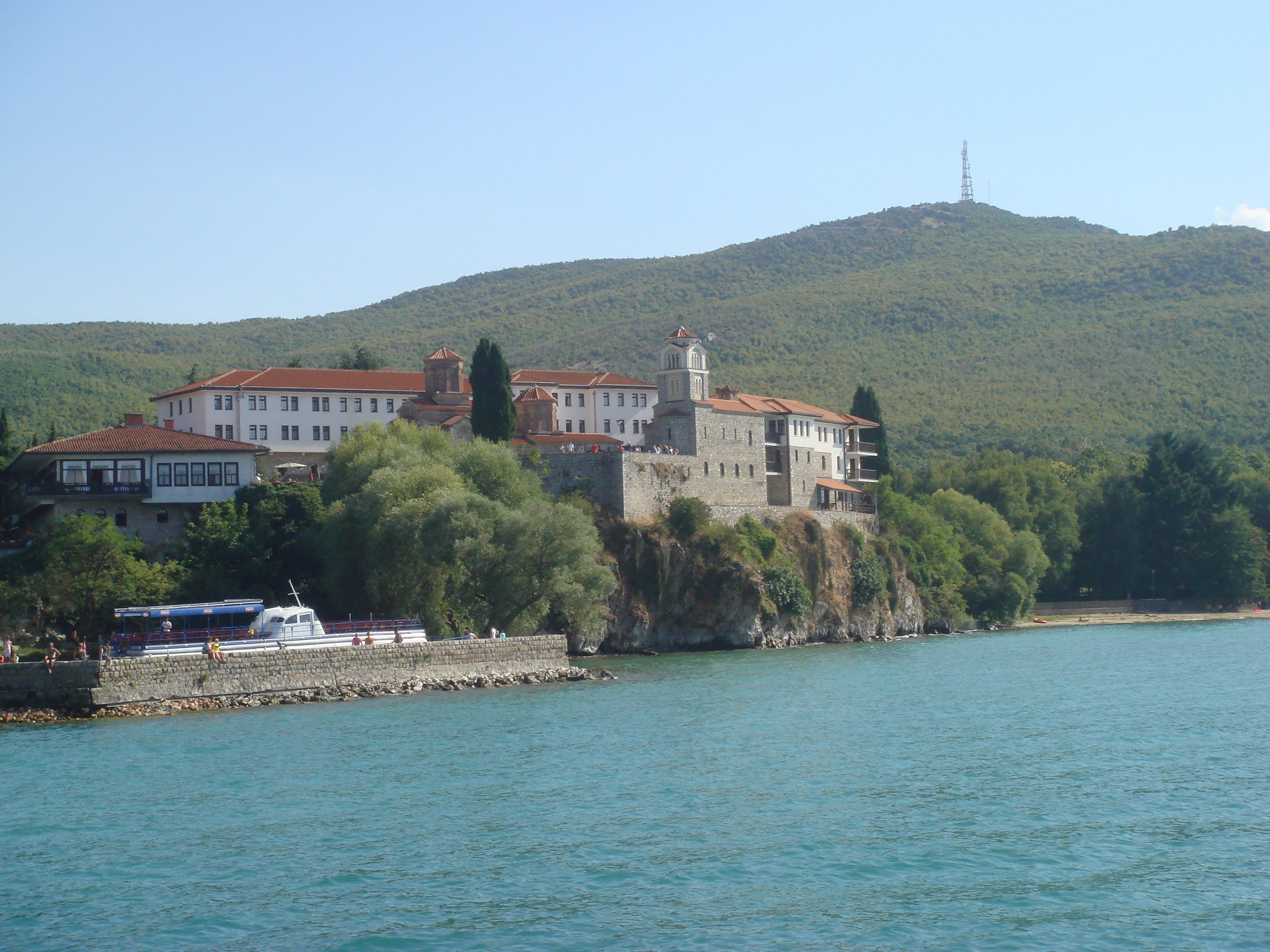Top 10 Macedonian places
Canyon Matka
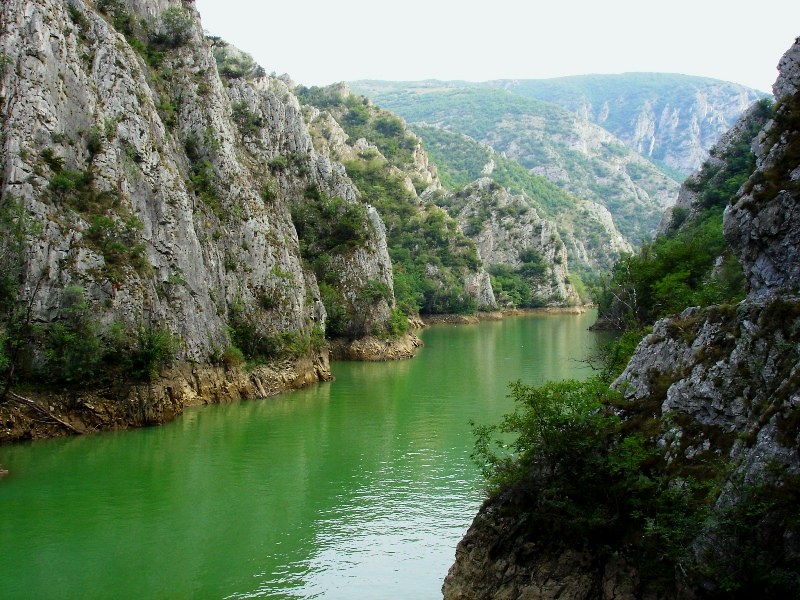
Matka is a canyon located west of central Skopje, North Macedonia. Covering roughly 5,000 hectares, Matka is one of the most
popular outdoor destinations in Macedonia and is home to several medieval monasteries. The Matka Lake within the Matka Canyon
is the oldest artificial lake in the country.There are ten caves at Matka Canyon, with the shortest in length being 20 metres
(65.6 feet) and the longest being 176 metres (577.4 feet). The canyon also features two vertical pits, both roughly extending 35 metres (114.8 feet) in depth.
Vrelo Cave
Located on the right bank of the Treska River, Vrelo Cave was listed as one of the top 77 natural sites in the world in the New7Wonders of Nature project.
Vrelo Cave has many stalactites including a large one in the middle of the cave known as the "Pine Cone" due to its shape.
There are two lakes at the end of the cave, with one larger than the other. The smaller lake is 8 metres (26.2 feet) at its longest
length and 15 metres (49.2 feet) in depth at its deepest point. The larger lake is 35 metres (114.8 feet) at its longest length, and
18 metres (59 feet) at its deepest point.
Though the exact depth of the cave is unknown, some speculate that it could be the deepest underwater cave in the world.
The cave can only be reached by water either by a boat or kayak.
Due in large part to its proximity to Skopje, Matka Canyon is a popular destination for citizens and tourists. The canyon is one of North Macedonia's foremost areas
for alpine hiking. The climbing season begins around Easter and ends in November. Kayaking on the Treska River is a popular activity, as are fishing, hunting, and swimming.
The canyon area is home to several historic churches and monasteries.
